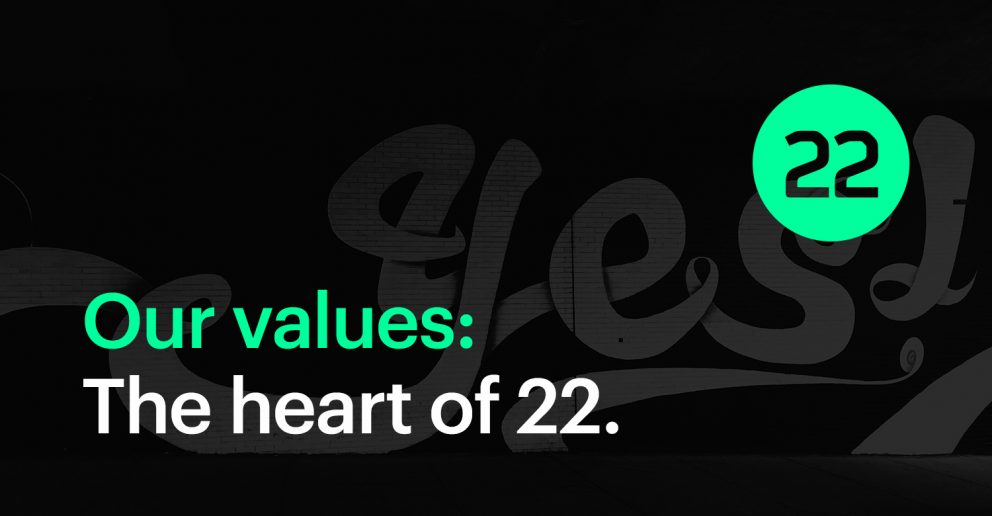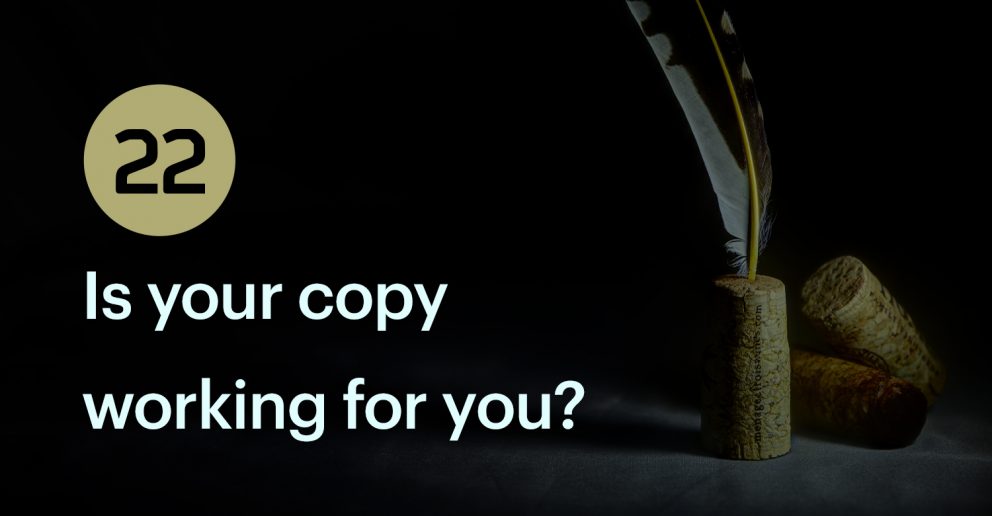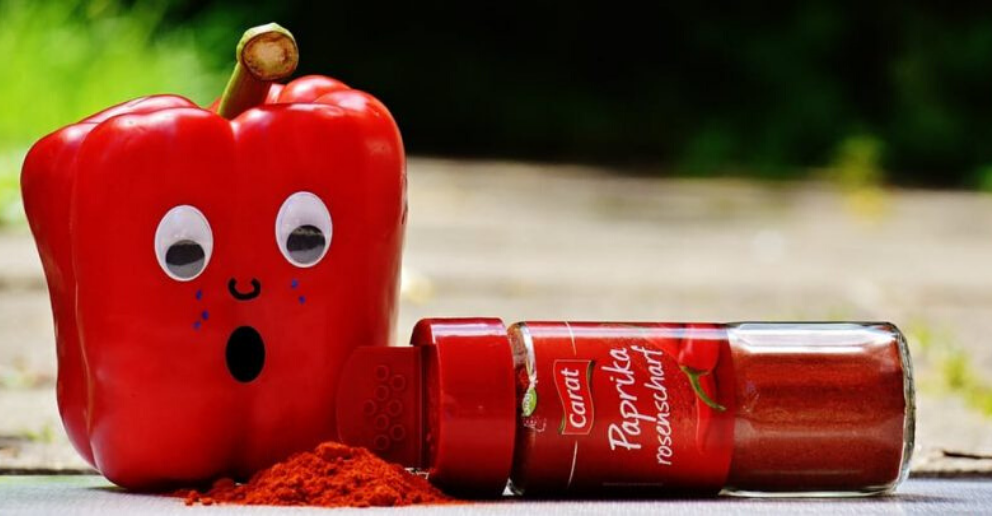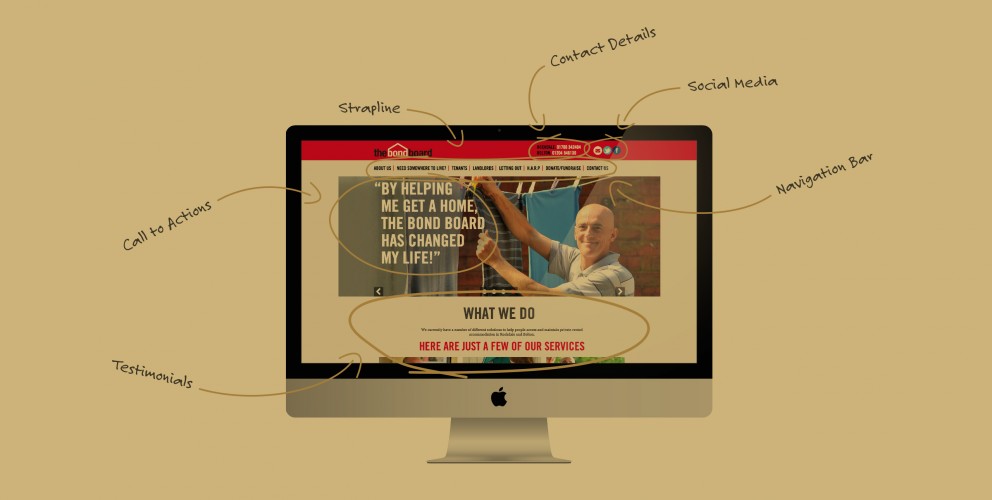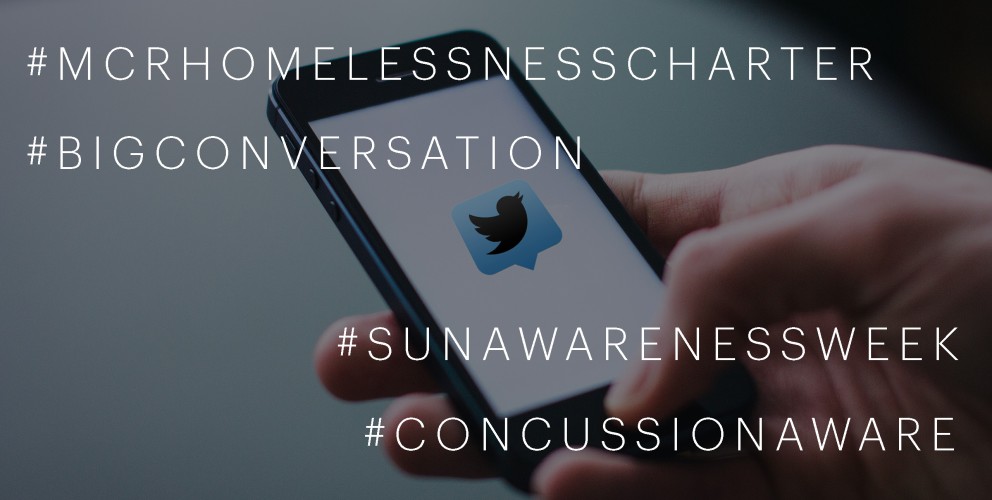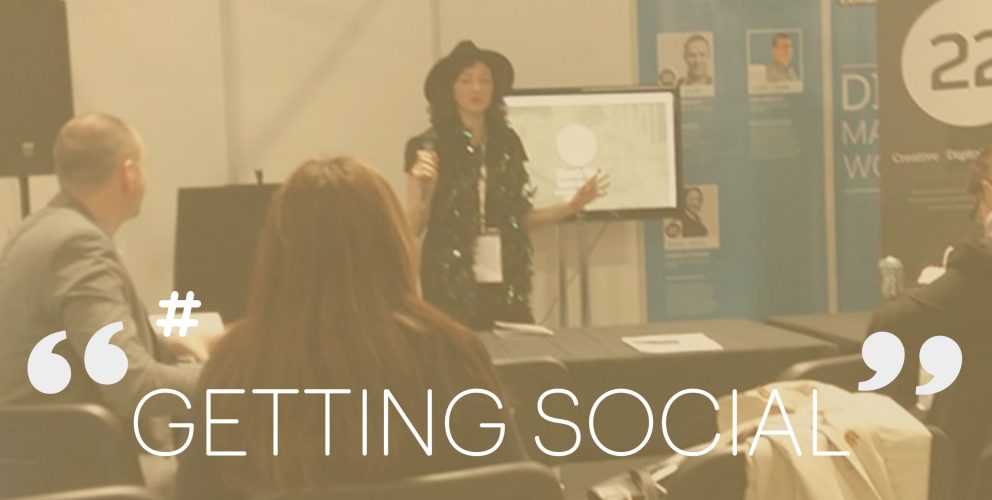Maybe it’s our Manchester roots that make 22 Group friendly, straight-talking, and confident. We're committed to our responsibility to deliver incredible results, with heart.
There’s more to crafting an effective and distinct brand than a knock-out logo or a sleek website. Whilst important, these more tangible aspects of brand identity work best when combined with what already exists at the beating heart of any solid brand: its values.
Strong marketing is built upon clear brand values. Integrating the message of a company into its marketing increases engagement with customers who admire and align with these ideals.
Showing what the company stands for - its personality, so to speak - resonates with people and reaps results.
For example, think of brands like IKEA who celebrate simplicity and are known for their minimalist style and easy to build products. There’s Spotify’s playful spirit, easily pinpointed in their 'Listen Like You Used To’ adverts. Or Dr Martens, who recently captured both their long-standing rebellious image and product durability in the ‘Tough As You’ campaign. Good branding also has a ripple-like effect, sticking with customers and helping to build brand reputation.
Essentially: think of your values as your brand DNA.
Brand values show your ‘true north’ (no geographical bias intended) as they act as an orientating guide for both your clients and colleagues. They define the business. The blueprint the business. They also show us here at 22 Group what each individual client strives towards and what, together, we’ll focus on conveying.
Distinguishing the message of a company goes a long way. And, whilst it’s important for us to be attuned to the brand values of our clients, we also realise it’s probably important to outline the 22 Group team’s shared ethos — so you know exactly who you’re taking the dive with. Of course, communicating these values is also key so prospective clients can clearly identify connecting strands between our brand and theirs.
So, we’ll go first ... Here’s what our brand stands for:
Friendliness.
A cornerstone of our company’s culture, we put this shared value into practice daily. Cultivating positive and long-standing working relationships amongst ourselves and with our clients is genuinely important to us. It’s all about being our best selves and bringing out the best in each other.
Straight talking.
Honesty and authenticity sets us apart. In a world inundated with options, decisions and choices to be made, it’s nice to know who you can rely on to get the job done. We won’t set unrealistic goals or mess around with your expectations. Building open and honest relationships is always our aim.
Confident.
We believe in ourselves - and you should too. Our passion for each aspect of what we do shines through into our work and you can trust us to give it our all. We recognise our capabilities and are comfortable to try new things in order to make the most of our talents.
Committed.
We take pride in what we do. Loyal and long-standing client relationships are just as important to us as project details. Each and every one of us is dedicated and genuinely invested in our work - and to upholding our brand values.
